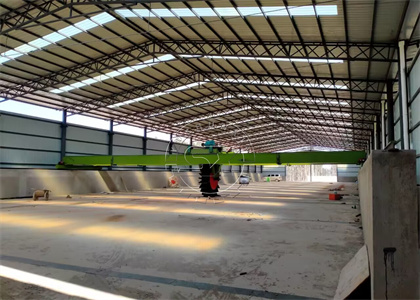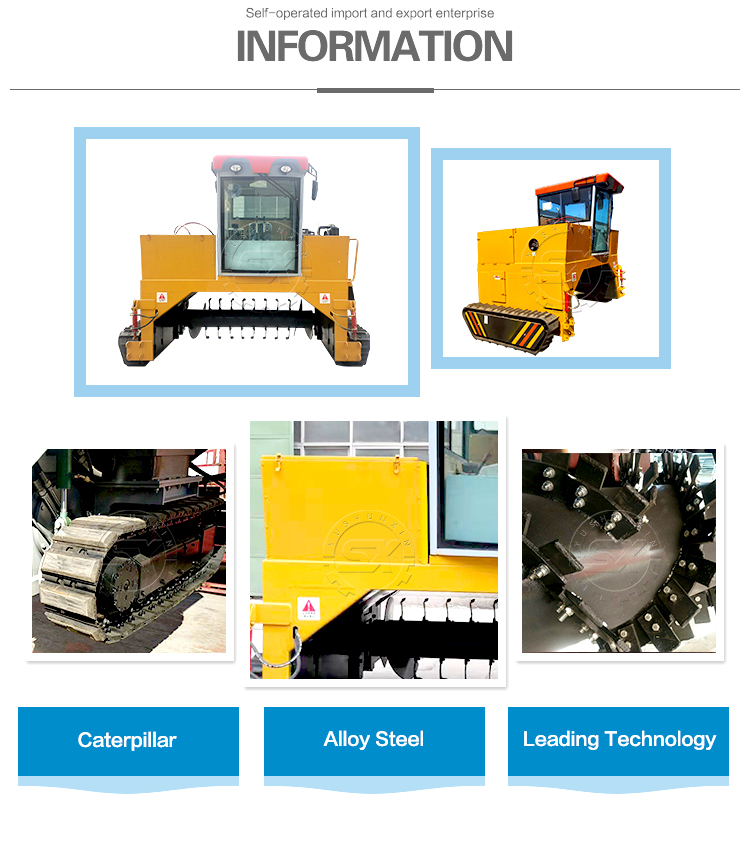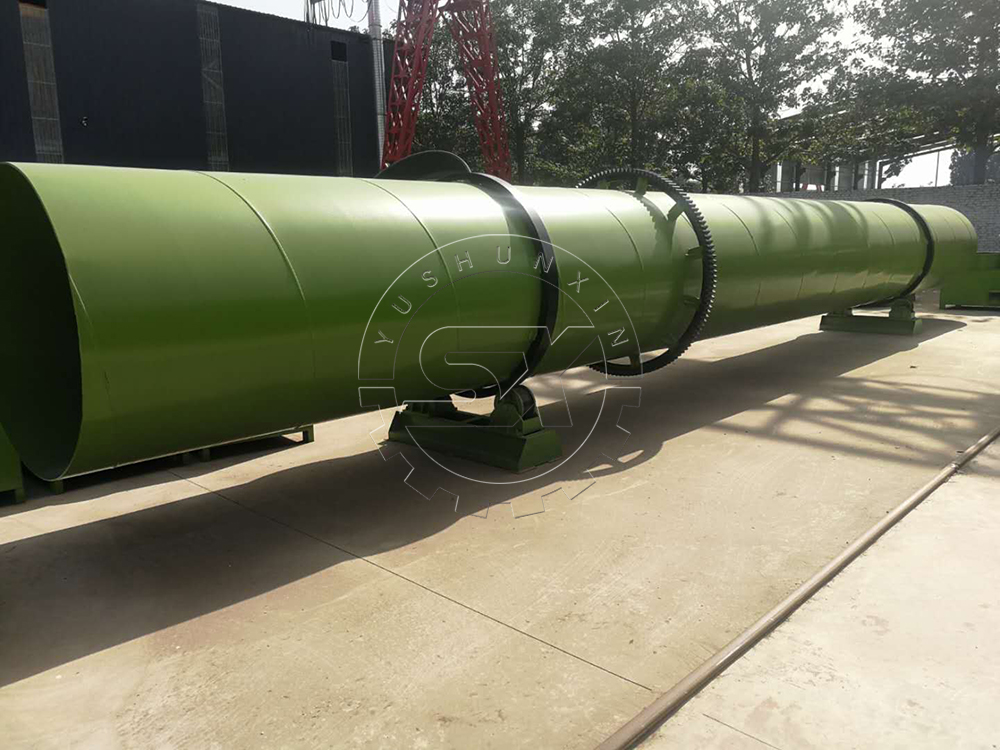Large-scale organic fertilizer manufacturing lines involve a combination of processes and equipment to efficiently convert organic materials into high-quality fertilizers. Here are some common types of large-scale organic fertilizer manufacturing lines:
1. Lagerscale composting lines
- Windrow Composting Line:
This line is focused on windrow composting, where organic materials are piled in long rows (windrows).
Equipment includes compost turners for regular mixing and aeration of windrows.
Windrow composting lines are suitable for handling large volumes of organic waste.
- In-Vessel Composting Line:
In-vessel composting lines utilize enclosed containers or vessels for composting.
Equipment includes in-vessel composters with mechanical aeration systems, temperature control, and monitoring.
In-vessel systems offer efficient composting with controlled conditions, ideal for large-scale organic fertilizer production operations.
- groove type composting line
Wheel type compost turner is the best choice for composting of large scale organic fertilizer making.
It adopts groove type composting method and has a large turning span.
So it has a large capacity and can finish large scale manure compost in a short time.
2. Nutrient Enhancement Line:
This line involves further processing of compost or digestate to enhance its nutrient content or stability.
Equipment includes nutrient enrichment systems and additional treatments to create premium organic fertilizers.
3. Organic Fertilizer Pelletizing Line:
This line focuses on converting composted organic materials into uniform fertilizer pellets. Click here to learn more.
Equipment includes pelletizers, dryers, and cooling systems.
Pellets are easier to handle, store, and apply compared to loose compost.
4. Organic fertilizer drying and cooling machine
The organic fertilizer drying and cooling machines are capable of removing excessive moisture from organic fertilizer pellets. Low water content is the key to make granulated organic fertilizer easier to transport, store and use.
5. Biochar Production Line:
Biochar production lines focus on pyrolyzing organic materials to produce stable carbon-rich biochar.
Equipment includes pyrolysis reactors, cooling systems, and biochar handling equipment.
Biochar can be incorporated into compost or used as a standalone soil amendment.
6. Packaging and Distribution Line:
This line handles the packaging and distribution of finished organic fertilizers.
Equipment includes bagging machines, bulk loaders, and distribution logistics.
Each type of manufacturing line can be customized based on the specific needs, available resources, and goals of the large-scale organic fertilizer production operation. Integrating these processes into a cohesive system ensures efficient and sustainable fertilizer production. If you are interested in it, you can visit https://organicfertilizerproductionline.com/large-scale-organic-fertilizer-production-line/ to get best solutions.










